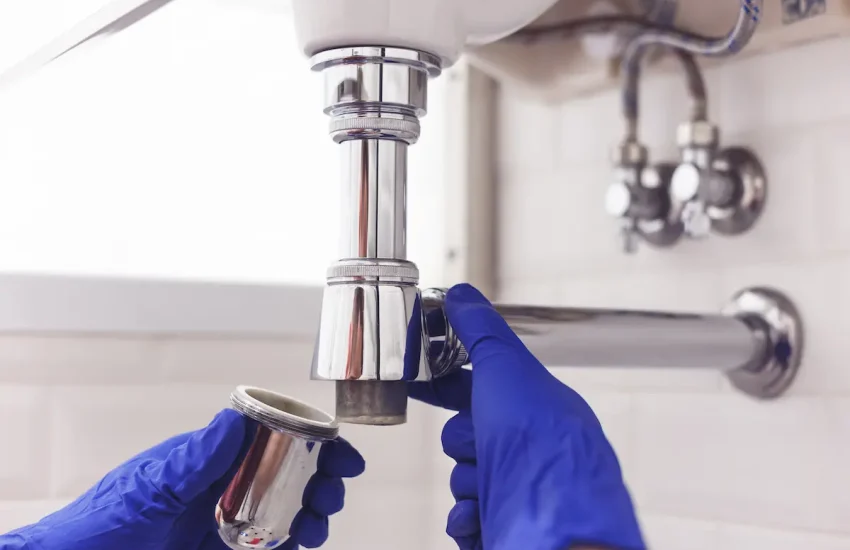An Introduction to Synthetic and Natural Fibre Carpets and Rugs
When shopping for floor coverings, it is handy to know a bit about rugs and carpets: the diverse types, how they are made, and the materials used to make them.
Rugs and carpets are fabrics used mainly as floor coverings, and occasionally as wall decor. Rugs come in pieces and cover only part of the floor. Carpets are usually fitted, covering the entire floor, and are fixed down by nailing, tacking, or adhesives.
Hand-woven and Machine-made Carpets and Rugs
Nowadays, most commercial rugs and carpets are mass-produced on machines and are thus cheaper than their hand-woven counterparts and more affordable. Some rugs are handwoven on looms and tend to be expensive. Machine-made carpets and rugs have a pile fixed on the backing and can be easily pulled out by tweezers. Handwoven rugs have a firmly knotted pile and pulling at it only makes it tighter. The pile of handwoven rugs usually lies at an angle according to the direction of the loom and weaver.
How Carpets and Rugs are Made
Apart from weaving, which is relatively expensive, carpets and rugs are machine produced by tufting, where needles insert pile through the primary backing, and a layer of synthetic latex is applied to the backing to set the tufts in place. A secondary backing of jute, a synthetic material, or plastic foam is applied.
What are Carpets and Rugs Made From?
Synthetics are generally more resilient, need less maintenance, are moisture-resistant, and colour fast; however, the artificial look is very clearly distinguishable and not often desired. The synthetic yarns most used in the mass production of rugs and carpets are polyester, olefin, nylon, and acrylic. Natural fibres include silk, wool, cotton, jute, sisal, and coir.
Wool is still considered by most to be the best material as it produces rugs that are beautiful, soft, durable, and long-lasting while maintaining their original colour and texture. Natural fibres, as is the case with the infamous Oriental Carpets, are perishable materials that will inevitably suffer deterioration over time, no matter how well maintained. Oriental rugs are the most expensive because they are handwoven, have unique designs and textures, and are made of the finest natural fibres. They are basically purely ornamental pieces and are usually hung on walls or laid on areas with low traffic.
General Classification of Carpets and Rugs According to Pile:
Level loop has a smooth tight texture with low pile all cut at the same level.
Multi-level loop has different height piles giving a textured pattern.
Plush pile has a thick, short, loosely twisted pile that is usually cut and gives a lush and wavy appearance.
Saxony (Wilton) is exceptionally durable does not show footprints – they resemble plush piles, except that each individual yarn stands straight and is clearly distinguishable, whereas plush pile yarns tend to merge together.
Frieze pile has a cut pile that is rough and curled.
Cut & loop pile have yarns that are of different heights and combines cut and looped pile to give a texture and pattern.








